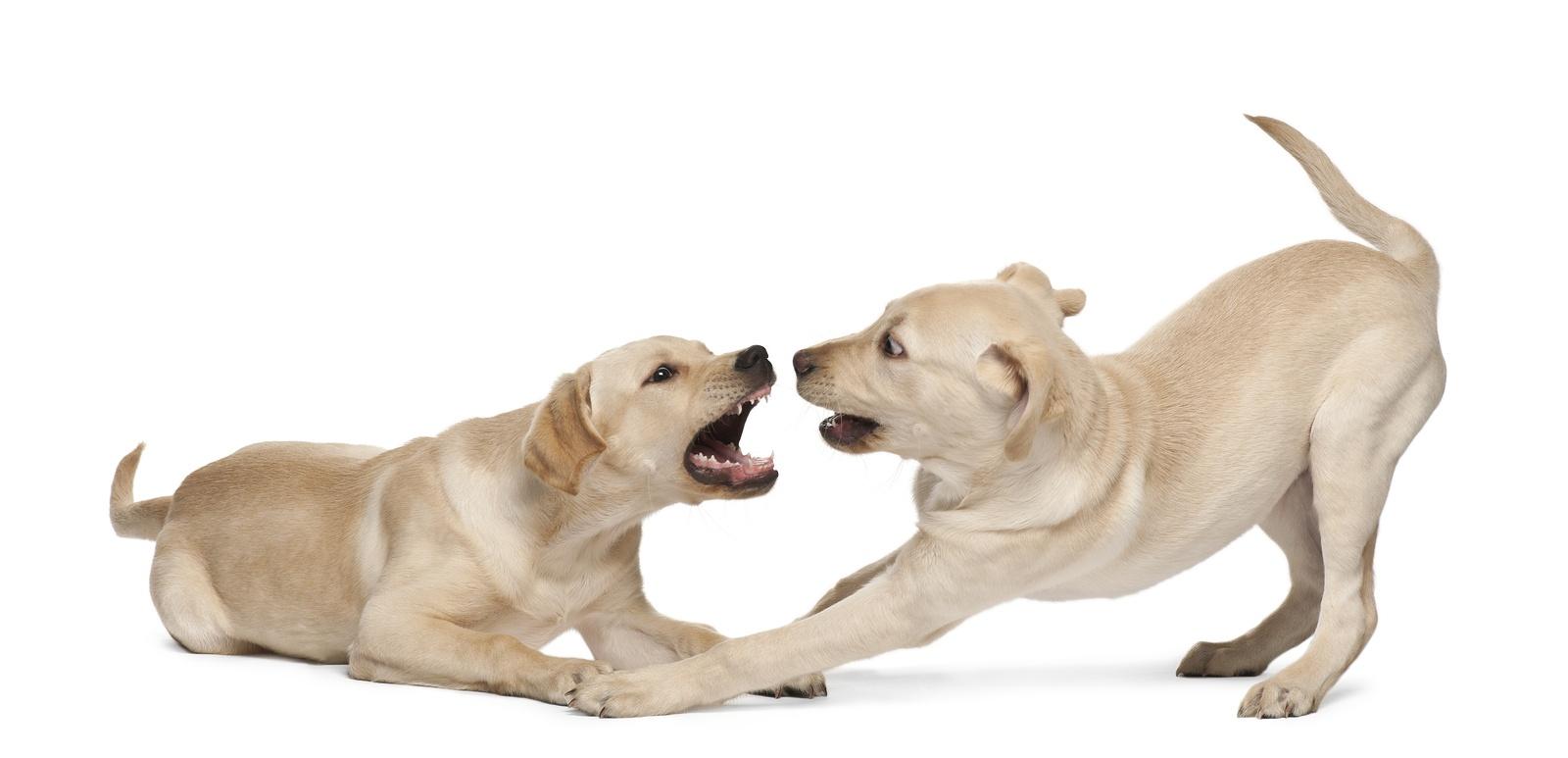A Look at Inter-Dog Aggression

Inter-dog aggression has been one of the biggest problems dog owners face. Because of their dogs’ aggressive behaviour, owners face difficulty whenever bringing them out for walks.
What’s the Main Cause?
One of the most common reasons is your pet’s past experience of being attacked by another dog. Hence, it learns to become aggressive as a form of defence when it encounters other dogs. To rid this behaviour, get your furkid to socialise with other dogs in a controlled environment. This will reinforce the understanding that other dogs have no intention to harm and are even friendly and great to play with.
During the training, times may arise for the owner to be strict and cut down on the affection given. However, this does not relate to being harsh, such as shouting and hitting your dog. The key is to provide guidance and be consistent with your approach. Take care not to give in to the dog’s persistence, as it will lead to the continuation of unwanted behaviour.
Fighting for Dominance
Dogs usually become aggressively mature when they reach two years old. At this stage, the younger dog may challenge the older one for the higher status. This can be inadvertently triggered by giving a bone each to both dogs. In order to assert control over the food, the more dominant dog will tend to take both bones as an attempt to show its leadership in the pack. This behaviour is observed among dogs which are unsure of their status in the pack, which explains their challenging one another by growling and in worse cases, attacking one another.
To handle this problem, give more attention to the dominant dog. If you have a pack of three or more dogs, rank them in order of dominance and offer your attention in accordance to the pecking order. The purpose here is to distinguish the relationships that you have with each dog. The dogs will gradually recognise their position in the pack with the owner’s reinforcement and guidance, and learn to develop mutual respect.








